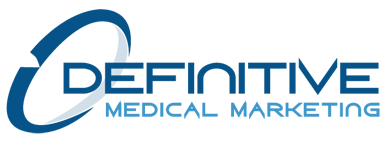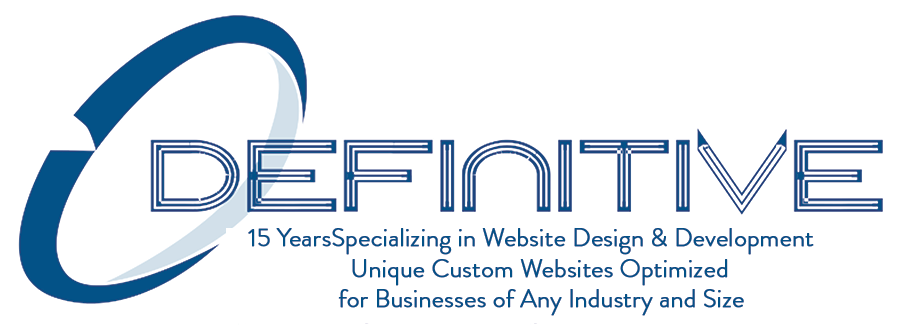Which Technology Solves Night Vision Problems?
In the earliest days of laser vision correction, some patients reported halos and ‘starring’ after their procedures, especially when driving at night.
Today’s more advanced lasers have dealt very authoritatively with these issues. In FDA clinical trials of the VisX Wavefront laser, patients with large pupils noticed an improvement in their night vision quality, with more than 98 percent of participants seeing 20/20 or better.
- Technology
- B & L Zyoptix with ACE Tracker
The Zyoptix System
The very latest development in laser eye treatment from Bausch and Lomb is a system called Zyoptix, which utilizes a precise combination of technology to truly personalize vision treatments. The Zyoptix system integrates information gathered by the advanced diagnostics of the Orbscan II and the Zywave aberrometer, enabling surgeons to design individually tailored treatments carried out on the Baush & Lomb Technolas laser.
Components of the Zyoptix system:
The Orbscan II is a quick and painless diagnostic tool that analyzes and measures the cornea, the clear front surface of the eye where light rays enter. It offers critical information that ultimately determines a patient’s candidacy for LASIK.
The Zywave aberrometer is a diagnostic device that enables examination of the eye’s entire optical system. It uses wavefront technology, in which a beam of light is reflected off the retina, to determine the unique features of each eye and identify abnormalities throughout the entire optical system. These unique abnormalities, not identified through traditional diagnostics, can then be treated with LASIK.
The Technolas 217 Excimer Laser is a flying spot/true scanning laser designed to increase accuracy and produce an extremely smooth corneal surface in the delivery of laser vision correction.
Why we’ve invested in the Zyoptix system:
Zyoptix means that laser eye treatment is now unique to each eye. With Zyoptix, treatment is designed specifically to treat your individual vision errors.
- Zyoptix could improve the quality of your vision. In an evaluation of clinical data submitted to Bausch and Lomb, significantly more Zyoptix patients had fewer problems with night driving than patients undergoing treatment with a standard laser.
- Each Zyoptix assessment involves an extra diagnostic (screening) process to let the surgeon understand your vision better and select the most suitable treatment for you.
- In the Zyoptix system the latest, most advanced technology is used to detect and treat very small vision errors.
- The Zyoptix system has many advanced built-in safety features that help to optimize the success of your treatment.
- Zyoptix, like standard laser treatment, is fast and virtually painless.
- Wavefront Technology, Zyoptix
Wavefront Diagnostic Technology
Until recently, laser vision correction treated patients based strictly on their optical prescription. In other words, if you were a minus-four nearsighted person, glasses with minus-four lenses would get you back to seeing the best that you could. If you had laser vision correction, that same prescription would be programmed into the excimer laser and the exact amount of tissue would be removed to make a minus-four into a zero. Anyone who was a minus-four would get the exact same treatment. We call this conventional laser vision correction.
Today, with the advent of wavefront diagnostic technology, wavefront guided excimer lasers can now treat patients according to the uniqueness of their entire optical system, not just their prescription.
How It Works
Wavefront technology was pioneered for astronomy and physics to aid in reducing aberrations or imperfections in the optical systems of telescopes. In much the same way, wavefront-sensing devices are being used to produce an accurate picture of the optical imperfections found in the human eye. This technology differs from traditional testing methods in its ability to measure the entire optical system of the eye, instead of simply the front surface of the eye. Light travels in a procession of flat sheets known as wavefronts. These wavefronts enter the eye, pass through the entire optical system (the cornea, lens and retina) and are then reflected back. When the optical system has perfect refracting surfaces, these wavefronts exit the eye as flat sheets. But when the cornea is irregular or the lens is imperfect, higher-order aberrations are created, and the wavefronts exit the eye as irregular, curved sheets.


Perfect Eye Returning Wavefront Aberrated Eye Returning Wavefront Wavefront technology captures the reflected wavefronts and compares these curved sheets to a perfect wavefront and a 3-D map of the eye’s optical irregularities is created. This map is then transferred to the excimer laser and is used as a guide to reshape the cornea during laser vision treatment.
Results have shown that custom laser vision correction can reduce some of the unwanted visual effects experienced from conventional laser vision correction, especially those associated with night vision such as glare and halos. By addressing both a person’s prescription and the higher order aberrations within their eye’s optical system, custom laser vision correction has the potential of making patients see better than they could with conventional glasses or conventional laser vision correction.
ACE TRACKER
- B & L Zyoptix with ACE Tracker
- The excimer laser Dr. O’Day uses for laser vision correction is Bausch & Lomb’s Technolas® 217z. This is the only laser designed specifically for LASIK and has been widely established as the market leader for treating nearsightedness, farsightedness and astigmatism. When originally approved by the Food and Drug Administration (FDA), the Technolas 217z far exceeded FDA guidelines, and in more recent FDA studies it has shown to outperform other popular lasers by nearly 20 percent.The Technolas 217z effectively corrects the refractive error using its small beam profile. The beam flattens the cornea centrally, then “polishes” the periphery, or transition zone, to produce an extremely smooth cornea.
The Technolas 217z is highlighted by an active eye tracking system in which a laser beam follows your eye’s movement and tracks the six types of eye movement. This means that any movement by you, as the patient, does not affect the result of the surgery. Included within this advanced tracking system, is iris recognition software. This ensures that every surgery is customized to you, not just an “assembly line” surgery. Being that this laser has anti thermal spot sorting; your eye has time to cool in-between pulses. This drastically reduces your recovery time. These features enhance the level of security and control Dr. O’Day has over your procedure.
For those patients with higher order aberrations (HOA’s), the Zyoptix™ Personalized Vision Correction System has special features to assist in resolving your sight issues without causing spherical aberrations. A spherical aberration occurs when an increased refraction or reflection of light rays occurs, after surgery. This system enables Dr. O’Day to treat more types of visual stigmatisms. ZYOPTIX® Personalized Treatment Advanced uses the most advanced algorithm available to treat myopia, hyperopia and astigmatism. The efficacy index for Myopia LASIK (capacity to prove the desired effect) is 97%, the highest in the industry.
This advanced tool for vision correction allows Dr. O’Day to complete your surgical process without any breaks, which means you spend less time on the table. Not that it matters with the heated mattress and automatic head rest. This Laser reduces the risk of re-treatment to less than 1%. For more information on the Technolas 217z contact our skilled team to schedule your FREE evaluation to help determine which of our lasers is right for your procedure.

